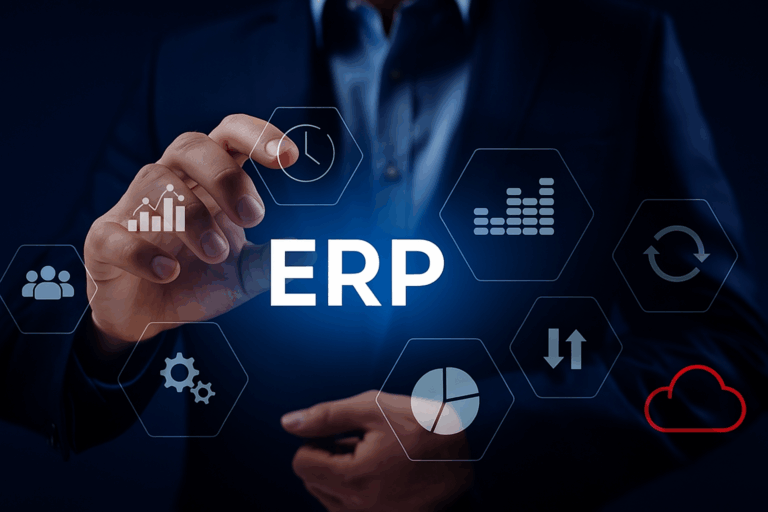In today’s digital enterprise landscape, data isn’t just a by-product; it’s the foundation of business strategy. As organizations increasingly migrate to ERP Cloud platforms, the ability to interpret usage data effectively becomes a competitive differentiator. It’s not merely about tracking numbers or dashboards; it’s about transforming raw data into actionable intelligence that fuels strategic growth and operational excellence.
Analyze User Engagement to Maximize Productivity
Understanding how your teams interact with the ERP Cloud is the first step toward meaningful improvement.
By analyzing user engagement metrics, such as login frequency, module utilization, and time spent in specific workflows, organizations can identify adoption patterns and potential training gaps.
Key Insight: If certain modules show low usage or high error rates, this could indicate a need for enhanced onboarding, UI improvements, or automation.
Empowered users lead to streamlined operations, higher ROI on your ERP investment, and reduced support overhead.
Assess System Performance to Support Scalability
A performant ERP Cloud system directly influences business continuity and user satisfaction.
Monitoring transaction times, error frequencies, and uptime trends helps detect performance bottlenecks before they impact critical operations.
Pro Tip: Use this data to forecast infrastructure needs and plan proactive system upgrades. Scalable performance ensures that your ERP Cloud keeps pace with your organization’s growth trajectory.
Monitor Resource Allocation for Cost Optimization
ERP usage data offers powerful visibility into how cloud resources are consumed across departments, geographies, and functions.
By analyzing resource utilization patterns, businesses can right-size their environments, avoiding the twin pitfalls of over-provisioning and under-utilization.
Outcome: Optimized resource allocation translates into cost efficiency, improved throughput, and smarter budgeting for future expansion.
Identify Process Inefficiencies and Automation Opportunities
Usage analytics can highlight workflow bottlenecks and repetitive manual tasks ripe for automation.
For example, if approval processes or reconciliation workflows consistently take longer than expected, it’s an indicator of inefficiency.
Actionable Step: Integrate process mining tools with your ERP Cloud data to visualize the end-to-end flow and uncover automation opportunities that enhance throughput and compliance.
Support Strategic Planning with Data-Driven Insights
Beyond day-to-day operations, ERP Cloud analytics serve as a strategic compass for leadership teams.
Usage patterns and performance trends can reveal insights about business expansion readiness, market scalability, and operational resilience.
Leadership Advantage: Organizations that leverage ERP Cloud usage data for forecasting and strategic decision-making gain a measurable edge, driving data-driven growth and sustainable profitability.
Conclusion: Turning Data into Strategic Advantage
At 1Trooper, we believe that ERP Cloud usage data is not just an IT metric; it’s a business growth enabler.
When interpreted correctly, it empowers organizations to:
- Enhance user experience and adoption
- Improve operational efficiency
- Optimize resource investments
- Drive informed, strategic decisions
In the era of intelligent enterprises, data-driven ERP insights define the leaders from the laggards.
Let your ERP usage data tell a story, one that guides innovation, drives performance, and accelerates your organization’s path to strategic growth.


